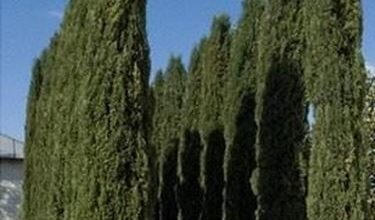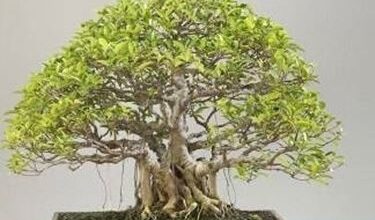Japanese flowers meaning
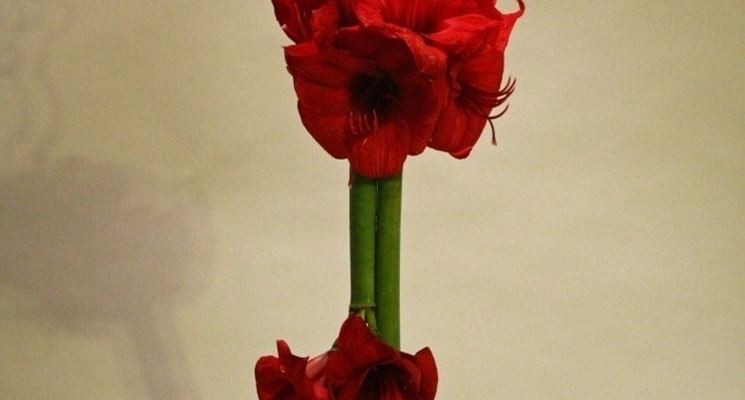
Hanakotoba and the meaning of Japanese flowers

The flowers of love according to the Hanakotoba
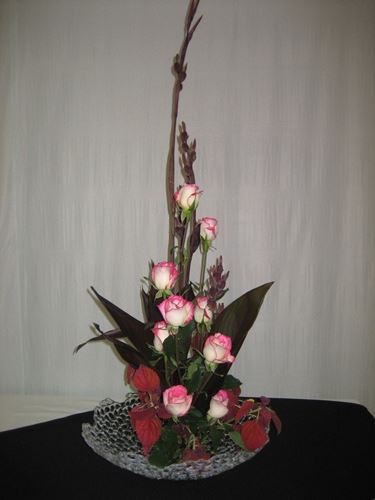
The azalea shows modesty and patience on the part of the giver. To show that you are grateful the flowers to use are bluebells. According to the traditional meaning of Japanese flowers, the symbol of love is camellia. For the loved one, the camellia to be sent according to the hanakotoba is red. To tell a person that you miss him and that you are homesick then the camellia must be yellow. White camellias should be sent to a person who is expecting. Carnations also symbolize love and charm. But the flowers of true love are forget-me-nots. To reveal a secret love, the right flowers are gardenias. The flower of singles and / or those in search of a soul mate is the holly or the mistletoe flower. Roses are generally considered the flower of love but once again the color is very important (as in the West for that matter). A red rose is a symbol of love, a white one of devotion, innocence and silence. The pink rose indicates trust, security and happiness; the yellow one, on the other hand, is the flower of jealousy. The cactus flower indicates lust or sexual love, so be careful who you give it to!
The meaning of Japanese flowerscherry is kindness, sweetness. The chrysanthemum if white is a symbol of truth; in yellow instead it is a symbol of the empire of the rising sun. The four-leaf clover, as in the West, is a symbol of good luck. The poppy has different meanings depending on the color. The red poppy indicates a personality who loves to have fun, the white one is a symbol of joy and the yellow one of success. Also with regard to the lily, each color has a different meaning associated with it. The white lily means chastity and purity. Orange lily means revenge or hatred. The tiger lily is a symbol of wealth or well-being Lycoris radiata and lily of the valley are the flowers that indicate sweetness of the person who receives it. But if the lycoris radiata is red in color, this is a manifestation of the will to forget, to lose someone forever. The red tulip indicates charitable love and trust; the yellow tulip is the flower of unrequited love.
Japanese flowers meaning: Other Japanese flowers
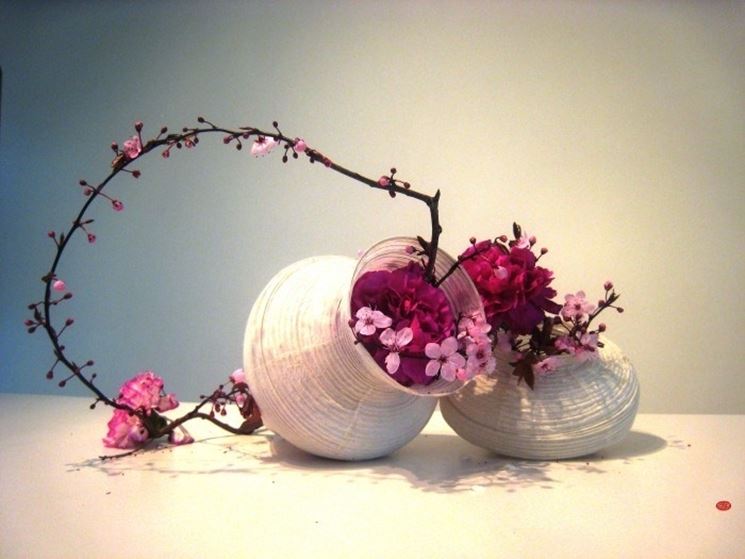
Iris is the ideal flower to accompany good news. The pansy is the flower to send to a person you care for or often think about. Freesia reminds the recipient that he behaved childishly. Daffodils are a way to show respect. Dahlias are the flowers of good taste par excellence; the daisies of faith. Edelweiss is the flower of courage and power. Then there are the flowers that symbolize personal characteristics. Thus the hibiscus is the flower of kindness, the honeysuckle of generosity, the jasmine of being friendly and graceful, the lavender of faithfulness, the magnolia of naturalness, the violet of honesty and the zinnia of loyalty. To lift someone’s pride, hydrangea is the flower to use, while the narcissus must be sent to a person whose self-esteem level is to be raised. Finally, the pea flower means goodbye. Hanakotoba is a real language. It’s wonderful to be able to communicate in such a discreet yet wonderful way. Obviously these are the meanings of Japanese flowers assigned by the Japanese tradition, they do not have a universal value.


